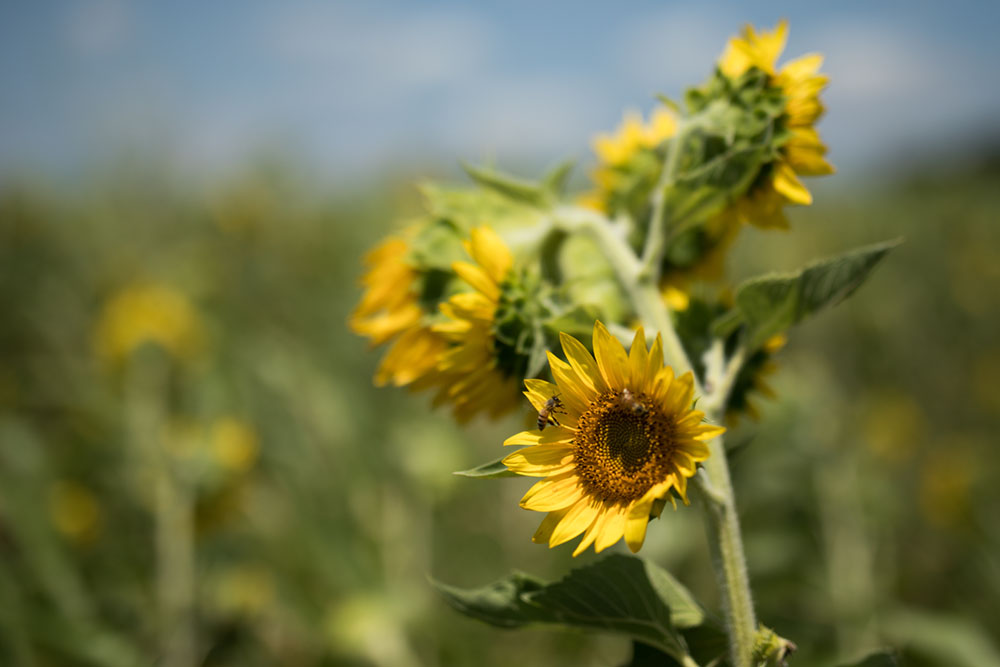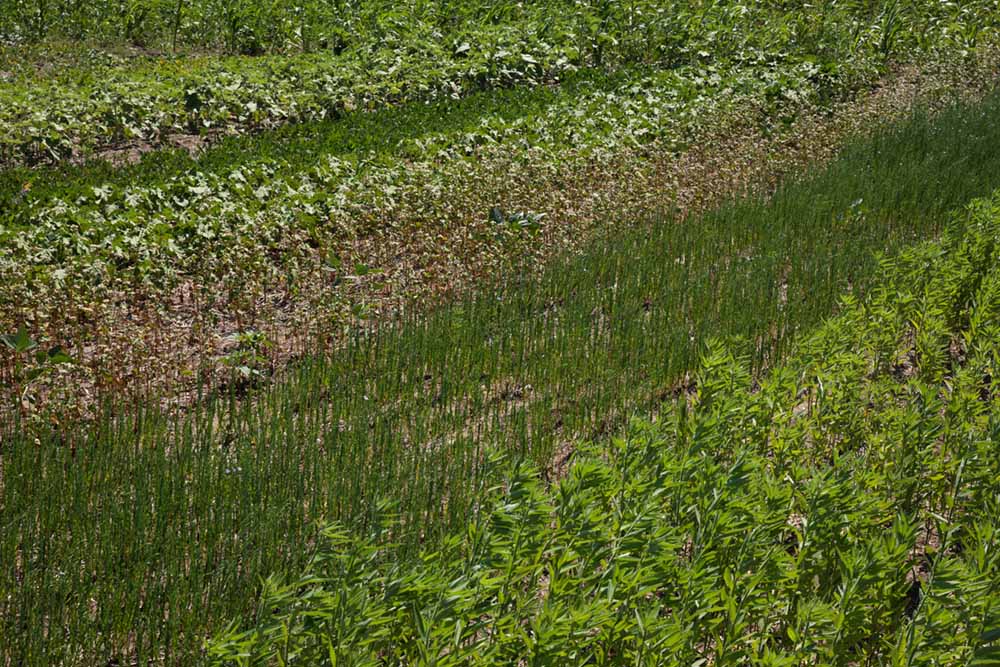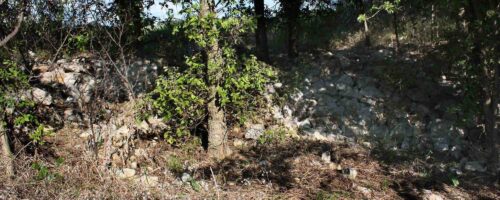There are many variables to consider when deciding if cover crops fit into a cropping system. For the purposes of this article, a cover crop is defined as a crop grown between cash crops with the primary intent of noncash benefits, such as soil heath, erosion control, weed suppression, etc. Following are three topic areas relative to cover crops that are discussed frequently among Noble Research Institute consultants.
Water Use
Cover crops do use water. However, bare soil will also evaporate water. Trade-offs must be examined between water used by a growing plant and its benefits versus water lost through evaporation. Other management practices can be employed to reduce, but not eliminate, water loss on fallow ground through evaporation, such as eliminating tillage and maintaining good residue cover. Even though a cover crop does use water, it also has the potential to increase infiltration when subsequent rains occur, which can offset the amount of water used by the growing plant. Obviously, there are risks in this equation. If the rains do not come in a timely manner, soil moisture may not be restored soon enough and the following crop will be affected. In some environments, a growing cover crop using water may be seen as a positive when wet conditions that prevent field work exist.

Climate
Climate varies according to location, and our farming practices should and do vary accordingly. Amount of rainfall is not the only underlying climatological factor in agricultural production. Temperature, evapotranspiration (the sum of evaporation from the land plus transpiration from plants), timing of rainfall, growing season, etc., must also be taken into account. It is important to look at research conducted in a similar environment to determine the effect of cover crops in a cropping system.
Economics
Integrating cover crops must be an economical proposition. In some areas, economic benefits may be seen immediately through yield increases or reduced erosion, which reduces machinery costs, etc. Others may not see benefits for an extended period of time. Most of the proponents of cover crops tout the long-term benefits more than the short-term. This is an area where very little, if any, research is available. Each operator must ask themselves whether the short-term costs are worth the real and/or perceived long-term benefits.
Cover crops are a tool in agricultural production just as tractors and herbicides are tools. When used correctly and with purpose, they can be effective. When used incorrectly or with unrealistic expectations, they can be harmful. Agricultural producers do not make a living by growing cover crops; rather, they make a living by producing a saleable product. Focus on the system that does this in the most efficient and profitable way while maintaining and improving the land resource for generations to come.

COVER CROP VIDEOS ONLINE
The Noble Research Institute tested dozens of cover crop species with potential to help build soil health in the Southern Great Plains. Watch for our video series featuring the cover crops we’ve grown on our Headquarters Farm in southern Oklahoma. We share our thoughts on establishment and growth, ground cover potential, and weed control.



Comment